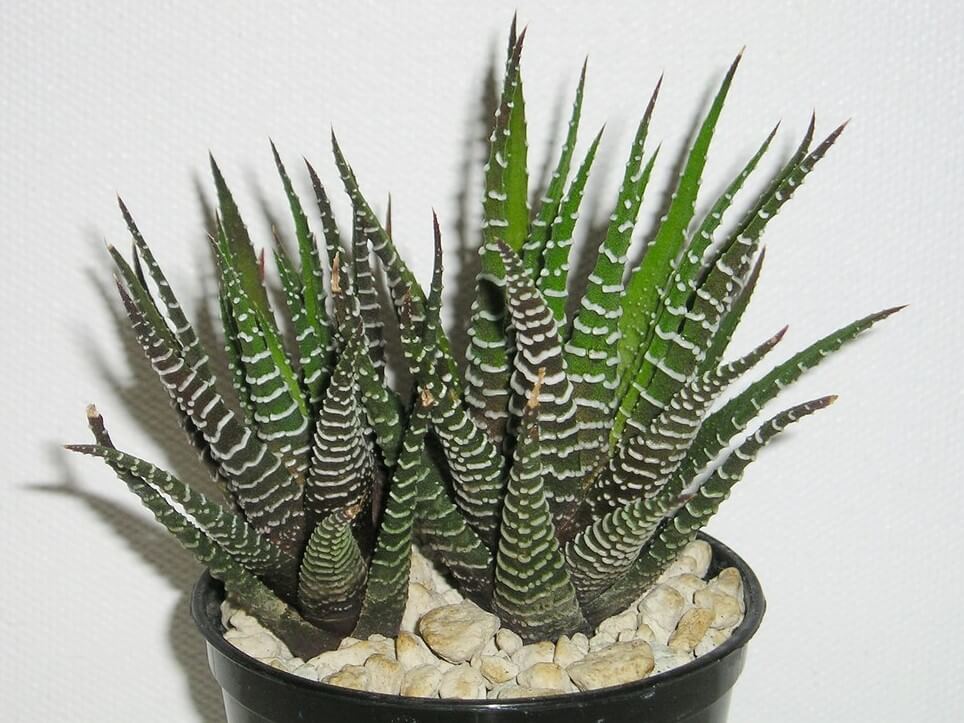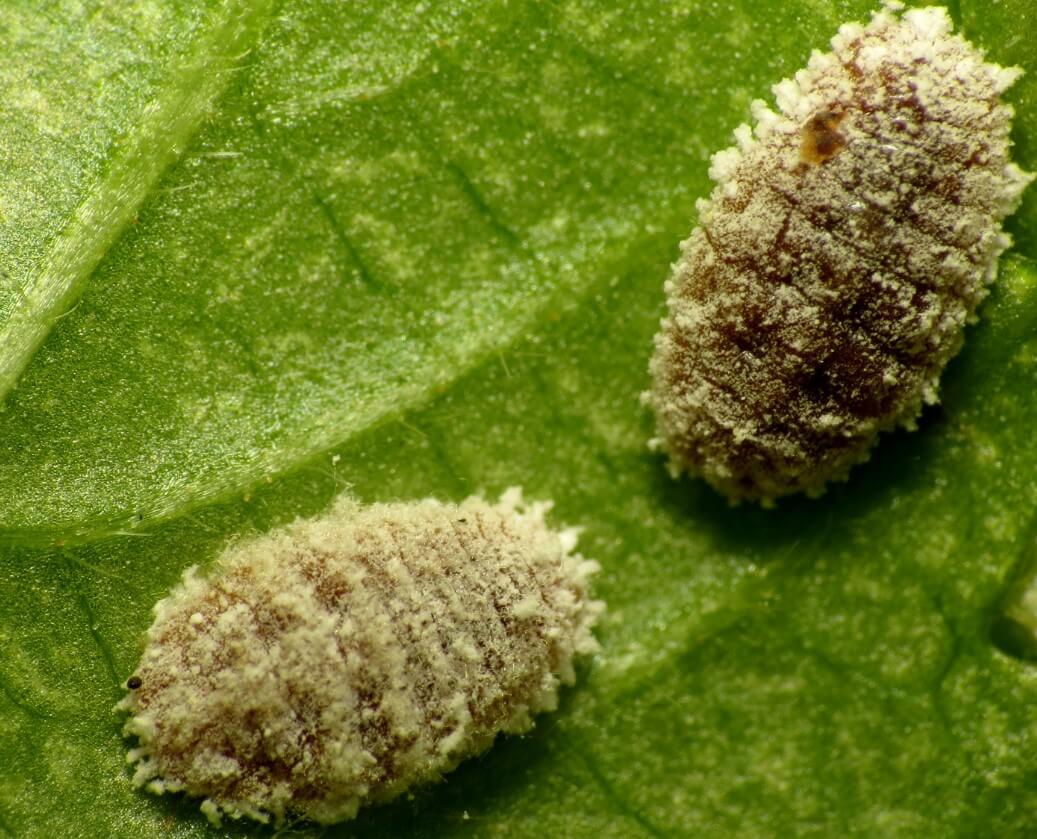Haworthias make good houseplants. Cute little green leaves with ridges and stripes. Subtle but nice small plants. But problems happen if we don’t care right for them. We’ll look at the common troubles these plants get. And what to do to fix them.
Topics We’ll Cover:
- Watering issues and how much to give
- Soil and repotting the right way
- Pests – what they are and stopping them
- Getting the light, temperature and airflow right
- Helping them grow strong and flower
- How to propagate more plants (and mistakes to avoid)
- Keeping them safe if you have pets
- Fixing specific issues – yellow leaves, weak growth, etc.
We’ll also give tips for popular Haworthias people grow. Guide so your plants stay healthy and you see where you may need to change something. Want your little succulents to really thrive.

Watering Issues
These plants often get too much water or not enough. Both cause trouble. Too much water makes leaves yellow, see-through, fall off. Soft black or brown spots mean rot happening. Roots rot worst case. Too dry also bad. Leaves wrinkle and brown tips.
Overwatered: yellow, transparent, dropping leaves. Soft dark spots. Rotten roots.
Underwatered: Wrinkled, withered leaves. Brown tips.
Water only when soil dry deep down. Check with finger. Water well until it runs out bottom, then wait until dry again before next drink. Makes strong roots happen, avoids rot and mold.
Don’t use a schedule. Pay attention to what plant needs.
Soil and Repotting Problems
Proper soil selection and timely repotting are crucial for the health of Haworthia plants.
Choosing the Right Soil
These succulents demand soils that facilitate rapid drainage. To eliminate excess moisture quickly, use a commercial cactus/succulent blend. Alternatively, an amended standard potting mix with more perlite works well. Peat-based, water-retentive soils are to be avoided to prevent potential root complications.
When and How to Repot
Regular repotting is advisable, optimally every two to three years during the springtime. The new container should be slightly bigger than the old one. Haworthias have small root systems. Drainage holes are imperative. To transplant a plant, carefully remove it from its old pot. Untangle any tangled roots and place it in a new pot with fresh soil. The soil should be firmed around the roots, and the plant watered to establish it in its new home. A brief period of adjustment should follow before resuming regular care.

Pest and Disease Control
Vigilance in plant health maintenance can prevent the common afflictions that beset Haworthias.
Mealybugs
The sap-siphoning pests have a distinctive white, cotton-like wax. They shelter in leaf crevices and beneath foliage. Infestations lead to weakened plants and sticky deposits that foster mold growth.
Treatment: Eradicate visible mealybugs with alcohol-dipped cotton swabs. Severe cases may require using neem oil or insecticidal soap. However, be cautious to protect delicate leaves from potential harm. Maintain cleanliness and airflow around plants to prevent pest colonization.
Root Rot
Overhydration and poorly draining soils are the prime culprits behind root rot. The disease is characterized by discolored, softened roots and subsequent leaf deterioration.
Treatment: Repot the plant in sterile potting mix, pruning away any visibly affected roots. Employ fungicide treatments to address soilborne pathogens. Establish a watering routine. This routine should allow the soil to dry between sessions. Also, refrain from excessive fertilization.
Sunlight and Temperature Issues
Haworthias demand a substantial measure of direct sunlight for optimal health. They require sunlight exposure ranging from 6 to 8 hours daily. Placement in a south or west-facing window is advisable. The winter period or areas with extreme heat may necessitate the west-facing orientation to prevent leaf scorch. Haworthias possess a notable resilience to high temperatures. Adapted to withstand up to 100°F in direct sun, they flourish in a temperature spectrum of 55-85°F.

Light requirements:
Haworthias necessitate 6-8 hours of direct sunlight each day, favoring south or west-facing windows.
In cooler climates or winter, increase sunlight exposure; diminish if temperatures soar.
Ideal temperature range:
Optimal growth for Haworthias occurs between 55-85°F.
Gradual acclimation allows them to endure temperatures as high as 100°F.
Signs of too much/little light:
Insufficient light leads to elongation, paleness, and translucence in leaves, with potential inner leaf death.
Excessive light incites a reddish-brown hue and burns on leaves, with new growth emerging more compact.
Signs of excessive heat or cold:
Sub-50°F temperatures may impair roots and halt growth, causing leaves to brown or fall.
Heat exceeding 100°F results in scorched, brown, and withered leaves, with inhibited new growth.
%22%20transform%3D%22matrix(2%200%200%202%201%201)%22%20fill-opacity%3D%22.5%22%3E%3Cellipse%20fill%3D%22%231a1a1b%22%20cx%3D%22196%22%20cy%3D%2213%22%20rx%3D%2233%22%20ry%3D%2251%22%2F%3E%3Cellipse%20fill%3D%22%239f9fa0%22%20cx%3D%2234%22%20cy%3D%22235%22%20rx%3D%2262%22%20ry%3D%2262%22%2F%3E%3Cpath%20fill%3D%22%23242425%22%20d%3D%22M170%20156l-89-9%2045%2085z%22%2F%3E%3Cellipse%20fill%3D%22%23929293%22%20rx%3D%221%22%20ry%3D%221%22%20transform%3D%22matrix(-46.28525%2019.83207%20-25.98394%20-60.64284%2089.9%2056.2)%22%2F%3E%3C%2Fg%3E%3C%2Fsvg%3E)
Flowering and Growth Problems
To incite flowering and promote robust growth in Haworthia, consider these straightforward strategies:
A period of cooling between 50-59°F (10-15°C) for 6-10 weeks, coupled with reduced watering, can stimulate flowering. This practice emulates the natural blooming cycle in their indigenous habitat.
Flowering typically follows maturity, which may span several years post-germination. Mature specimens tend to bloom with greater frequency than their juvenile counterparts.
Flourishing light is essential for blooming. Direct sunlight for 3-4 hours daily or bright, indirect light may trigger flowering. Insufficient illumination results in feeble growth and a lack of flowers.
Employ a balanced houseplant fertilizer at quarter to half strength throughout the growing phase. Excessive nitrogen can impede flowering.
Root congestion can limit growth and blooming; repotting becomes necessary once roots occupy the pot. Choose a vessel 1-2 inches larger, utilizing gritty, well-draining soil.
Watering should be thorough upon the top 1-2 inches of soil drying out. While drought stress can hamper growth, beware of overwatering, which may cause root rot.
Enhance air circulation with a fan to fortify the plants. Stagnation fosters weak growth and disease susceptibility.
Eliminate spent flower stalks with a clean base cut to maintain aesthetic appeal. Avoid pulling stalks to prevent plant injury.
For propagation, separate and pot up the offsets produced at the base of older, non-flowering rosettes.

Propagation Difficulties
Haworthia propagation, though not overly complex, demands precision and patience. The act of propagation yields new specimens from a parent plant through various methods: offsets, leaves, or seeds.
Common Propagation Issues
Offsets: Suboptimal rooting can occur if the offset is either immature or compromised during detachment.
Leaves: There is a risk of rot should the leaf be placed upon moist soil without a proper callous.
Plantlets: Neglecting misting can result in the demise of the developing plantlets.
Toxicity and Pet Safety
Haworthias are recognized for their non-toxicity to both humans and animals. Nevertheless, several points warrant attention:
Sap: The presence of oxalic acid in the sap of certain species may induce skin irritation. Protective gloves are recommended during handling.
Pets: To prevent any potential mouth injuries from the plants’ spiky leaves, it is prudent to place Haworthias beyond the reach of pets.
Unpalatable Species: Some species, such as Haworthia limifolia and Haworthia margaritifera, possess compounds that deter consumption, though they are not inherently toxic.
Potting Mix: Ensure the absence of perlite or vermiculite in the potting mix to avoid gastrointestinal irritation and dehydration upon ingestion.
Irrigation Water: Refrain from allowing pets to consume or engage with the water used for Haworthias, as it may contain mineral and fertilizer residues.
In essence, while Haworthias are deemed safe, they should still be placed out of pets’ reach. By observing these precautions and selecting a pet-friendly potting mix, one can harmoniously incorporate Haworthia into environments with children and pets.
Troubleshooting Specific Issues
Leaves Turning Brown or Yellow
When leaves of a Haworthia exhibit browning or yellowing, it frequently signals a deficiency in moisture. Adhere to a watering regimen wherein the soil is allowed to moderately dry between sessions, ensuring hydration only when the uppermost soil layer, approximately 1-2 inches, feels parched. Immerse the plant thoroughly during these watering intervals.
Consider the following:
Low Humidity: Brown leaves can also result from inadequate humidity. Regularly mist the plant or employ a pebble tray to augment the surrounding moisture levels.
Excessive Sunlight: Excessive direct sunlight may scorch leaves, inducing yellowing or browning. Relocate the plant to a location that offers bright yet indirect light.
Wrinkled, Shriveled Leaves
The appearance of wrinkled or shriveled foliage indicates an urgent need for water. Slightly increase water frequency, ensuring the presence of drainage holes in the pot to avert standing water.
Key points include:
Root Rot: Should the roots succumb to rot due to overwatering, the plant’s ability to absorb moisture is compromised, resulting in wrinkled leaves. Examine the roots, excising any that are blackened or mushy. Consider repotting with fresh soil if necessary.
Dry Air: Similarly, low humidity or dry air can lead to shriveled leaves as moisture rapidly evaporates. Increase misting frequency or situate the plant on a pebble tray.
Leggy, Stretched Out Growth
An elongated, leggy stem or leaves points to insufficient light. If growth slows and leaves become more spaced, the plant is likely craving more sunlight. Transition the plant to a location with better light, preferably with some direct sun in the morning or evening.
Rotate the pot regularly to ensure even light exposure and maintain compact growth.
Prune back any leggy growth to stimulate new, robust growth.
Caring for Different Haworthia Types
Haworthia is a genus rich in variety, boasting over 60 species. While the overarching care remains consistent, nuances exist among the different types.
Zeilanica
A species with compact leaves adorned with tubercles, Zeilanica thrives in very bright light to maintain its dense form. Diminish watering during the winter months.
Retusa
Favored for indoor cultivation, this variety showcases triangular leaves arrayed in rosettes. It demands bright light to prevent stretching and benefits from frugal watering.
Cymbiformis
Characterized by boat-shaped leaves, Cymbiformis requires bright light to preserve the integrity of its rosette and avoid stretching.
Coarctata
This clumping species, with tubular leaves and raised tubercles, calls for intense light. In winter, water is best reduced.
Fasciata
A highly sought-after variety, Fasciata features zebra-striped leaves and needs bright light to keep the foliage compact and well-patterned. Increase water during the summer.
Truncata
The Truncata variety forms rosettes of green and brown leaves with a warty appearance. It demands very bright light and minimal water in the winter season.
Limifolia
With distinctive long, triangular leaves forming a rosette, Limifolia prospers in very bright light. Moderate watering in the summer is sufficient.
Reinwardtii
A hybrid between Retusa and Coarctata, Reinwardtii needs bright light and occasional watering to prevent the leaves from becoming elongated.
Maugriae
This variety, with its tiny pearl-like leaves packed into rosettes, requires intense light. Watering should be reduced in the winter.
By catering the care to each variety’s specific light and water requirements based on their growth habits, one ensures their thriving success.

